Introduction to Assistive Technology
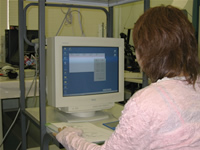
The computer is expected to play a major role in helping the elderly and the disabled live autonomously. Many hurdles, however, impede computer studies by the elderly and the disabled. This situation is compounded by a lack of qualified instructors able to offer computer technology instruction to these groups. Electronic-and-information-technology-based Assistive Technology Coordinator (eATC) is a certification for instructors who provide the elderly and the disabled with instruction and guidance on how to live independently with the use of computers and assistive devices. Through the lessons, "Introduction to Assistive Technology" and "Assistive Technology Practice," students are prepared to pass the Level 2 eATC certification examination.
Ergonomics
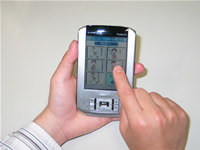
We are surrounded today by an overwhelming variety of tools and appliances. These devices have ostensibly made our lives more convenient. Engineering in the past has concentrated on bettering the performance and efficiency of the tools and appliances themselves. But devices designed without due regard to the people who use them and that do not function intuitively force us to adapt to them. Poor device design can lead to physical and mental exhaustion. Ergonomics, on the other hand, is the study of design and control methodologies for devices and artificial environments that enable people to live and work comfortably, safely, and efficiently. Ergonomics differs from other engineering practices because it accounts for human physical and psychological attributes as well as human physiological qualities to reach a comprehensive view of people, the environment, and the device.
Mechatronics Laboratory
Practical laboratory experience is important to expand students' understanding of material learned in lectures and tutorials and cultivate their creativity. In our labs small groups of students work independently on designing and building a number of systems, and in the process deepen their understanding of lecture materials. Students also develop their interpersonal communication skills in the labs. There are three mechatronics labs: (1) design and construct foldable home furniture (see lab examples 1, 2, and 3); (2) design and construct character display and scale synthesis systems using embedded microcomputers (see lab example 4); and (3) design and construct a tracking robot (see lab examples 5, 6, 7, and 8).
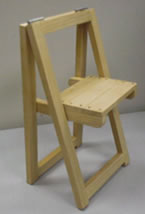
Lab example 1
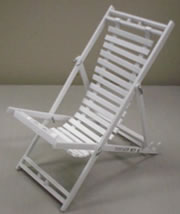
Lab example 2
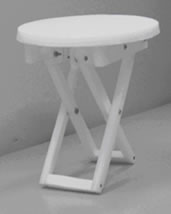
Lab example 3
Volunteer Activity Practice
The Department of Biocybernetics nurtures future engineers who are literate in ergonomics, medicine, and well-being and who will become leaders in electronics, computers, system devices, and control systems. The first step in well-being literacy development is volunteer experience, and students start studying volunteering soon after they enter the Department. In preparation for volunteering, students working in groups debate "what is volunteering?" and give oral presentations of their conclusions. Following this, the head of the Niigata Volunteer Center gives talks to students, helping them get a clearer picture of what it means to volunteer (Photo 1).
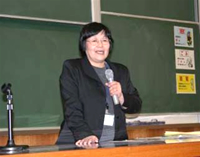
Photo 1: Talk given by the head of the Niigata Volunteer Center
The course's objective is to have students internalize the required mode of thinking to develop truly effective medical and well-being devices by deepening their appreciation of well-being and of elderly and disabled people with diminished physical and mental skills. To this end, students first listen to stories directly from disabled people about their disabilities and about how they live and work (Photo 2). Following this, students engage in the hands-on delivery of support and assistance to the disabled under the direction of volunteer center professionals (Photo 3). The course provides practical training on motor disabilities, visual disabilities, hearing disorders, nursing for the aging and elderly, and amyotrophic lateral sclerosis (ALS).
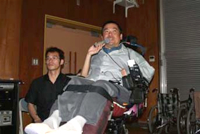
Photo 2: Talk given by a wheelchair user
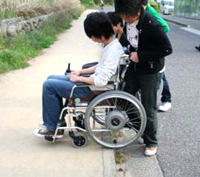
Photo 3: Exercise in providing assistance to wheelchair users
After training, students are assigned to caregiving facilities where they work as volunteers providing assistance to people with various disabilities. This experience gives students opportunities to broaden and deepen their understanding and knowledge about the daily lives of the disabled and about the nature of real-world well-being.
In the final portion of the course, students study constructing assistive devices that suit the needs of disabled people. Specifically, students in a laboratory setting design and build a switch that people with motor disabilities can use to operate a computer. Working independently in small groups, students plan, design, and construct their own switches from provided materials (Photo 4). Students test the prototype switches with computers and evaluate the performance and usability of the switches (Photo 5). Students not only compile their results in a report; each group also gives an oral presentation using an overhead projector (Photo 6). The group presentations undergo interpellation, and are reviewed by officials from the Niigata office of the Japan Amyotrophic Lateral Sclerosis Association. Each year innovative switches are invented and impassioned discussions take place.
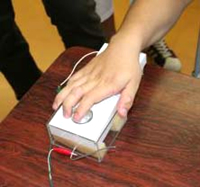
Photo 4: A prototype control switch
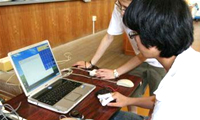
Photo 5: Operating a computer by means of a control switch
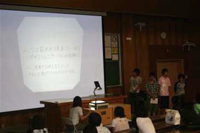
Photo 6: A presentation of group results




